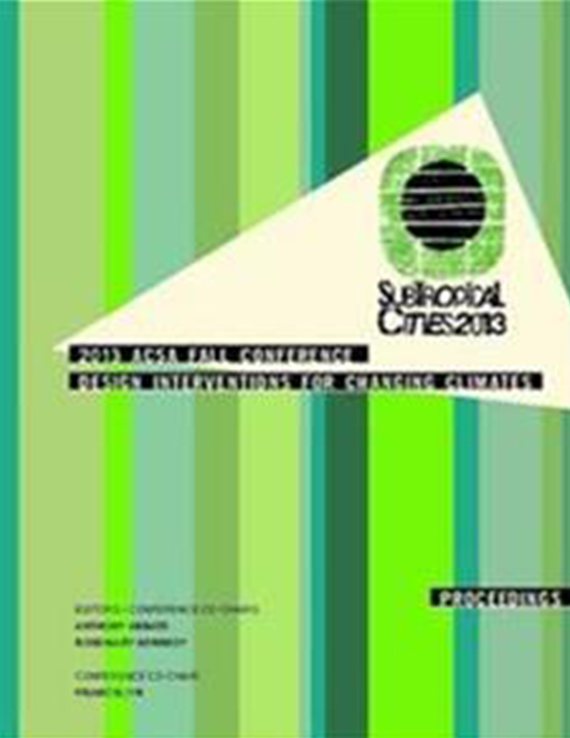Author(s): Gray Read
On Lincoln Road in Miami Beach Raymond Jungles’ everglades garden has gained a resident heron, a green heron that plies the edges of the ponds stalking gambusia, small fish, which dine on mosquito larvae. This native garden ecosystem in the most celebrated part of Miami Beach has a highly engineered life support system for ponds and cypress trees, which have become part of urban life. The heron is one of the most catered-to birds on Lincoln Road, among many other species that have found a place there. A flock of Carolina parakeets nest in a cabbage palm and eat palm nuts, figs and other fruits. Boat tailed grackles, starlings, and sparrows forage for seeds, bugs, lizards, and the sugar packets at restaurant tables. Occasional flocks of ibis and sometimes a seagull land on their way to their nightly island refuge, yet they find little to eat. And a few pigeons strut the road, cruising for bread scraps. These birds and other more specialized species could mark our way toward sustainability. Many ecological studies show that the number and diversity of wild birds in urban areas serves as an index of the quantity and type of vegetation as well as the health and continuity of ecosystems. This correlation is particularly important in South Florida where mitigating the heat island effect and providing shade at the street level is vital to creating a walkable, sustainable city. In addition, South Florida has one of the richest and most diverse bird populations in the country and provides crucial habitat for migrating birds as they make annual journeys north and south. Integrating bird habitat into all aspects of architecture and urbanism becomes increasingly crucial as South Florida is increasingly challenged by climate change and sea level rise. Extending architectural design to include habitat vegetation could be a positive result of our response to climate change, improving the quality of life even as cities become carbon neutral.In this project, an architect and ornithologist worked together to survey the species of birds that now inhabit the Lincoln Road area in Miami Beach and the types of existing habitat. We then speculated on strategic planting and design modifications that could open the area to a greater diversity of species. For example, Lincoln Road has several mature shade trees that attract passing warblers, grackles and other species. However, if small trees and shrubs that produce berries were added to the design, then the area would offer a more complete habitat to a range of mixed-edge birds including cardinals, orioles, and catbirds, which are now missing. To integrate this vegetation into the design of buildings as well as landscape is one of the design challenges of sustainability, particularly in South Florida.
Volume Editors
Anthony Abbate, Francis Lyn & Rosemary Kennedy
ISBN
978-0-935502-90-9

 Study Architecture
Study Architecture  ProPEL
ProPEL 
